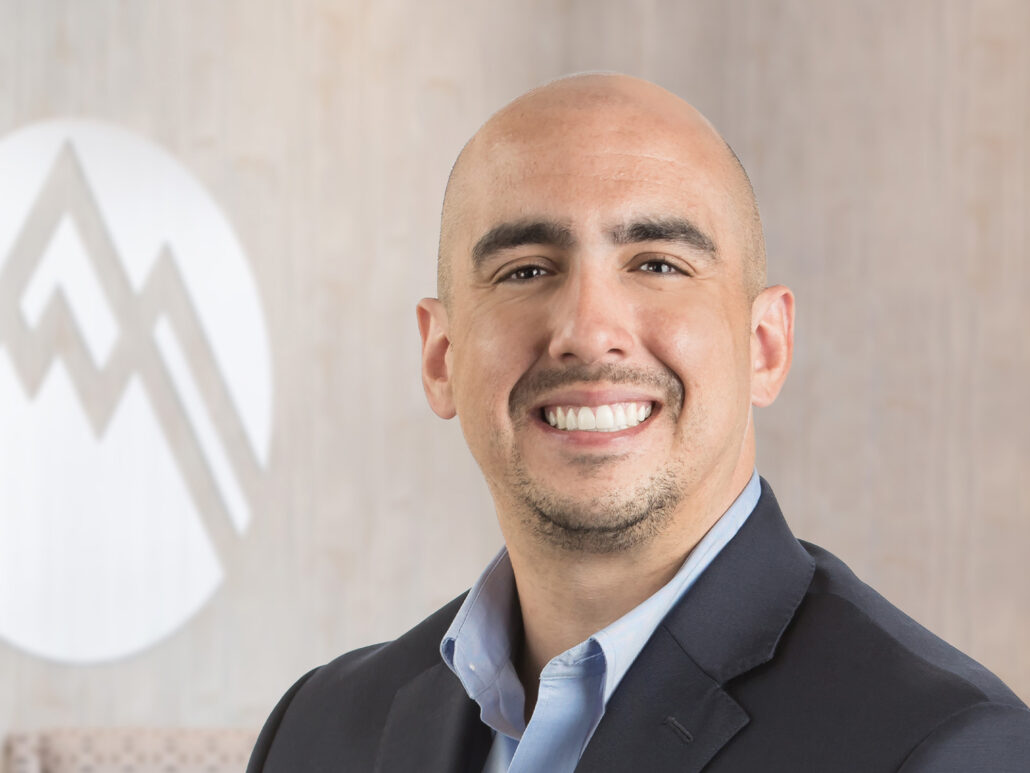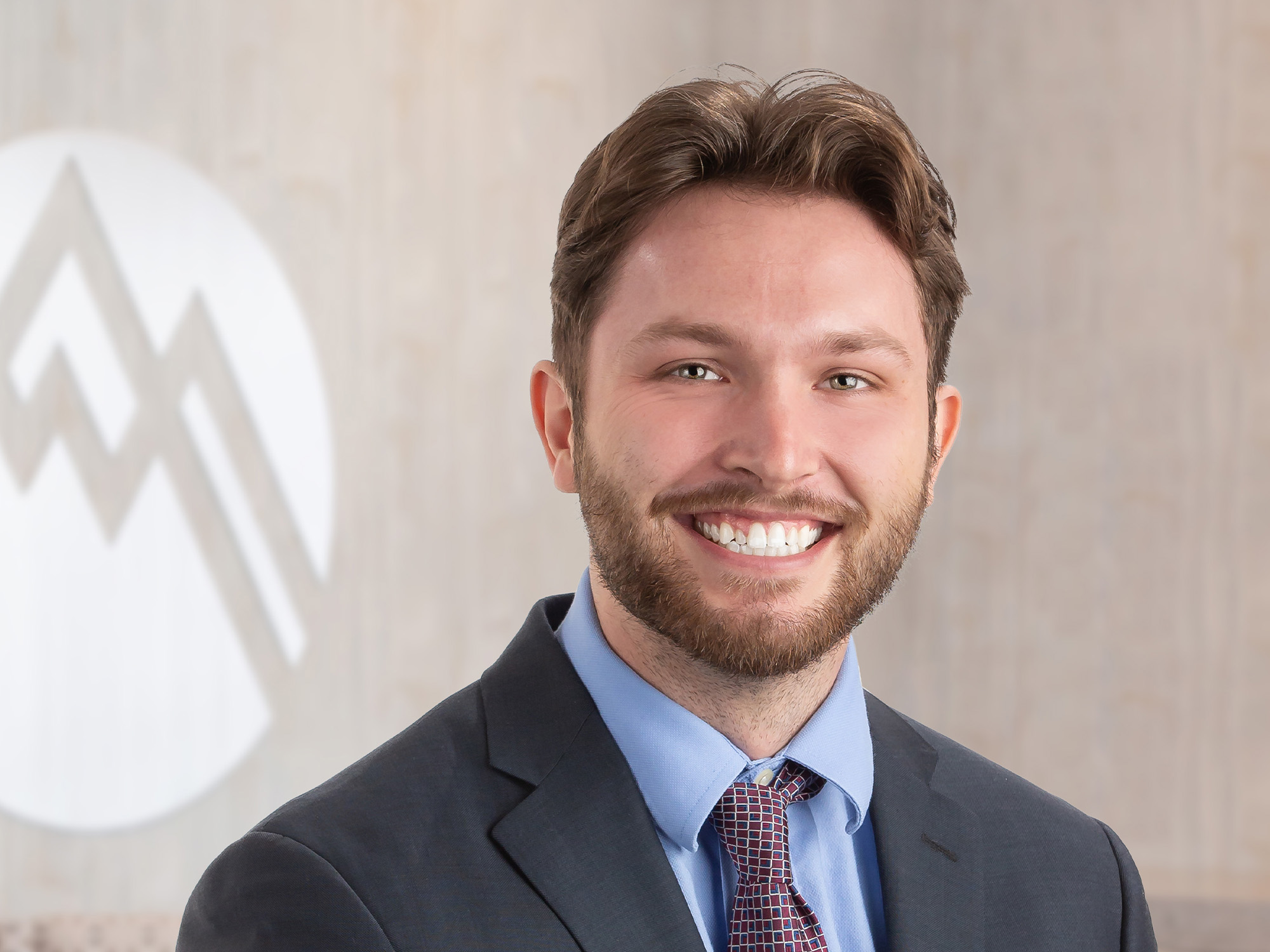About Me
Dr. Roman Guerrero’s Approach to Care
“Pain arising from the spine can have a wide presentation, sometimes it’s back or neck pain and on occasions it exhibits as referred pain to the arms and legs. I believe in treating a patient and not its symptoms; individual circumstances needs empathetic, evidence based specialized care.”
A simple approach to medicine
Dr. Roman Guerrero lights up when asked what drew him to the study of medicine. “I really like helping people in need,” he says. “It’s that simple. There’s a gratifying sense of accomplishment when you can help someone who is suffering or in pain. For me, to be that helping hand for my patients is possibly the best feeling I can have.”
Dr. Guerrero was raised in Puerto Rico. After completing medical school and his orthopedic surgery residency, he moved to the Twin Cities to do a fellowship in spine surgery. “My wife and children and I fell in love with Minnesota and the people here,” he says. “Minneapolis and St. Paul are beautiful, and this is a great place to raise children. Everyone warned us that Minnesota winters were extremely long and cold, but we don’t mind them. We wanted to stay, and here we are.”
Comprehensive fellowship in spine conditions
As a fellowship-trained spine surgeon, Dr. Guerrero treats conditions arising along the spine, from the cervical to the lumbar region. “I treat spine degeneration, nerve pain, disc herniation, and scoliosis,” he specifies. “As we reach our 60s and 70s, we are more active today than we were 40 or 50 years ago. Minnesota residents, particularly, are recognized for living a healthy lifestyle. My mature patients don’t restrict themselves to watching TV at home or sitting on the porch. They are playing with grandkids, sailing on Minnesota’s beautiful lakes, running along Twin Cities running paths, exercising, traveling, and living lives a 30-year-old would envy.
“I don’t want the 60-, 70-, and 80-year-old Minnesotans I treat to be limited due to back pain or arthritic spine degeneration,” he continues. I’m here to enable them to continue their activities whether they want to fish in the Boundary Waters or take in the latest MIA exhibit. There are good nonsurgical and surgical options to help keep these patients active and enjoying every single aspect of life.”
Philosophy of practice
“I have a definite point of view when it comes to my practice,” he says. “Nowadays, medicine is so specialized that I think it’s easy to lose the holistic sense of what it means to be a physician. When a patient comes to see us with back or nerve pain, we are trained to treat the condition. But I think we have to take a step back from the condition to look at the patient. I see my patients as whole people; they are more than the condition that brought them to my office. That’s my philosophy, and I think my patients appreciate my approach.”
Dr. Guerrero’s approach to spine surgery
“I tell my patients that spine surgery should be the last resort,” he states. “Having said that, when certain indications are present, spine surgery is possibly the best option. When I am discussing treatment options, I am also conscious of managing patient expectations. When I review treatment options, I make a point of explaining treatment limitations. Not all treatments will restore 100 percent of patient function or relieve 100 percent of patient pain. Some surgeries may help patients feel 70 percent better. When patients understand what to expect, they get better results.”
All of Dr. Guerrero’s surgery recommendations are backed by science-based research with literature that has tracked surgical outcomes for the patient’s specific condition. “It’s all about being well-informed,” he says. “If nonsurgical treatment is not working, I turn to peer-reviewed literature. When I treat patients with an indicated procedure for a specific type of disease, they are more likely to have a better surgical result.
Dr. Guerrero is also direct about the risks of surgical treatment. “I want my patients to understand that every spine surgery comes with risks,” he says. “There are risks associated with anesthesia. Infections, complications, and possible postsurgical chronic pain are additional risks. At the same time, when surgery is indicated and performed by a well-trained, well-informed physician, chances are high that surgery will give patients a better quality of life.”
Following advances in medical treatment
“I am watching the emergence of robotics in surgical care,” says Dr. Guerrero. “I think robotics is the future. We are on the brink of technology that will help us be more effective in surgery. As engineering and science merge in medicine, imaging and virtual intelligence will continue to improve. Currently, imaging allows us to see about 30 percent of a surgical site. With robotic imaging, we’ll be able to see 100 percent of the anatomy at the surgery site. This will make surgical procedures like placing screws more effective and safer. Robotics improves surgical precision, and that’s an exciting advantage.
The most rewarding aspect of Dr. Guerrero’s practice
“Sometimes, I’ll have patients who are bewildered by symptom causes,” he says. “They are in pain, they are suffering, and disease has limited their quality of life. When I am able to diagnose, treat, and resolve these conditions, their lives change completely. They heal and they become pain-free. That’s my nirvana. There’s nothing better than being able to change a patient’s life with sound medical recommendations and appropriate treatment.”
Education
Undergraduate Studies
- Bachelor of Science, Biology
University of Puerto Rico — Mayaguez, PR - Bachelor of Science, General Sciences
University of Puerto Rico — San Juan, PR
Medical School
University of Puerto Rico | School of Medicine — San Juan, PR
Residency
Residency in Orthopaedic Surgery
University of Puerto Rico | School of Medicine — San Juan, PR
Fellowship
Spine Surgery
Twin Cities Spine Center — Minneapolis, MN
Professional Memberships
- North American Spine Society (NASS)
- International Society of Orthopaedic Surgery and Traumatology (ISOST)
- American College of Surgeons (ACS)
- Association of Students for Community Service (AESCo)
- American Medical Association (AMA)
- American Medical Student Association (AMSA)
Awards
Mpls St. Paul Magazine Rising Star Recognition: 2024
Conditions We Treat
Specialties
My Team
My Team
At Summit, each physician works alongside a team of professionals to care for you, our patient.
Locations
Reviews
replace_with_js
Survey feedback for replace_with_js
03/31/2025
Reviews
Articles
Resources
Resources
Publications
Musculoskeletal Bening Tumors
Aug 2013 | University of Puerto Rico Medical Sciences Campus
Developmental Hip Dysplasia
Jan 2014 | University of Puerto Rico Medical Sciences Campus
Psychosocial Impact In Orthopedic Trauma Outcomes In The Post Leap Study ERA
May 2014 | Guaynabo, PR
Blood Product Transfusion In Orthopaedic Surgery: A Review In Literature
Jul 2014 | University of Puerto Rico Medical Sciences Campus
The Thoracic And Lumbar Spine: Evaluation And Management
Aug 2014 | University of Puerto Rico Medical Sciences Campus
Complications Associated With Posterior And Transforaminal Lumbar Interbody Fusion
Sep 2014 | University of Puerto Rico Medical Sciences Campus
Disorders Of The Long Head Of The Biceps Tendon
Aug 2015 | University of Puerto Rico Medical Sciences Campus
Diagnosis And Treatment Of Extra-Articular Causes Of Pain After TKA
Jan 2016 | San Juan, PR
Hindfoot Fusion Nail With Adjuvant Hybrid External Fixation Used As A Limb-Salvage Procedure After Failed Open Reduction Internal Fixation Of Ankle Fracture In A Charcot Joint: A Case Report
Mar 2016 | 36th Annual Research and Education Forum University of Puerto Rico Medical Sciences Campus
Interactive Cast Workshop For Pediatricians
May 2016 | San Juan Municipal Hospital


